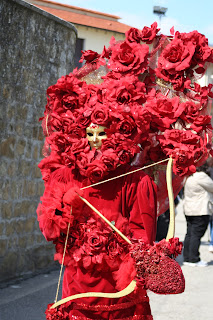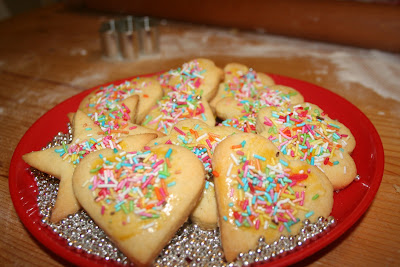INGREDIENTS
350 gr rice
6 artichokes
50 gr ham
50gr butter
100 cl meat broth
A bunch of parsley
Parmesan cheese
Salt and pepper
PREPARATION
Peel the artichokes back to their pale, light leaves, then halve them and remove the hairy cakes with a teaspoon.
Immerse artichokes in water with the lemon juice.
Chop the ham and place in a saucepan the butter, half of the chopped parsley and ham.
Sauté all at moderate heat for a few minutes, then add the drained artichokes. Add a little 'hot broth and cook for 10 minutes, stirring occasionally.
Then add the rice and let it flavor briefly, then continue cooking for 15 minutes, basting occasionally with the broth. Finally, season with salt and pepper, add the rest of the chopped parsley and grated cheese, stir and serve with care.
INGREDIENTI
350 g riso
6 carciofi
50 gr Prosciutto Crudo,
50 gr Burro,
100 cl Brodo di Carne,
1 mazzetto Prezzemolo,
4 cucchiai di parmigiano,
1 limone
Sale e pepe
PREPARAZIONE
Pulite i carciofi privandoli delle punte e delle foglie esterne, poi tagliateli a fette, eliminate il fieno e metteteli a bagno in una terrina colma d'acqua acidulata con succo di limone. Tritate il prosciutto e mettete in una casseruola il burro, metà del prezzemolo tritato e il prosciutto crudo.
Fate rosolare il tutto a calore moderato per alcuni minuti, poi unite i carciofi sgocciolati. Unite un po' di brodo caldo e fate cuocere per 10 minuti, mescolando di tanto in tanto.
Dopodiché unite il riso, fatelo insaporire brevemente, poi proseguite la cottura per 15 minuti bagnando di tanto in tanto con il brodo. Infine regolate di sale e pepe, unite il resto del prezzemolo tritato e il formaggio grattugiato, rimestate con cura e servite




















